#jane eyre art
Explore tagged Tumblr posts
Text
Ask Byronic Heroes : Is your girl neurodivergent?
Edward Rochester ( Jane Eyre)
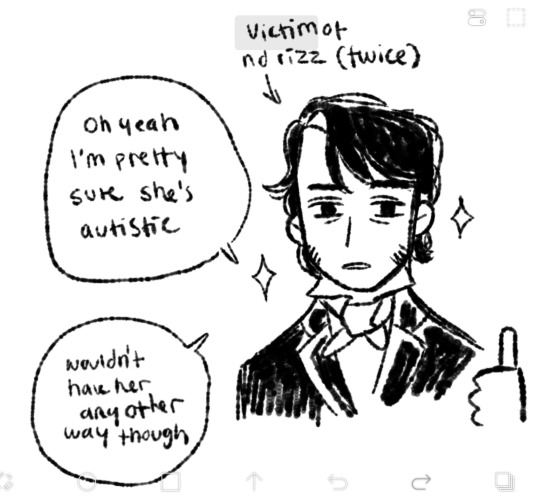
Heathcliff ( Wuthering Heights)
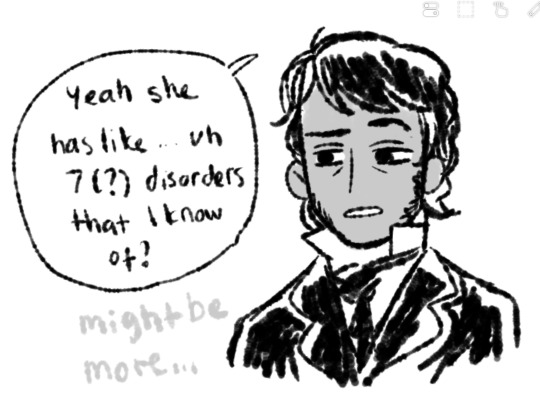
Erik ( Phantom of the Opera)
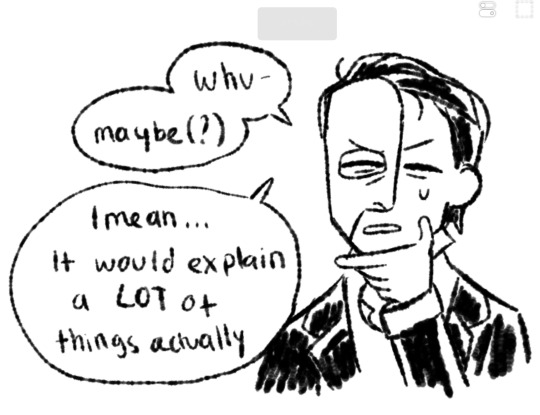
Thomas Sharpe ( Crimson Peak)

Dorian Gray

#jane eyre#edward rochester#mr rochester#charlotte bronte#classic litterature#jane eyre fanart#gothic fiction#gothic romance#jane eyre art#crimson peak#phantom of the opera musical#phantom of the opera#phanart#Dorian gray#the picture of dorian gray#heathcliff wuthering heights#wuthering heights#byronic hero
2K notes
·
View notes
Text

Jane Eyre studies
#jane eyre#jane eyre fanart#jane eyre art#jane eyre 2011#jane eyre film#charlotte bronte#mia wasikowska#mia wasikowska fanart#classic literature#gothic romance
108 notes
·
View notes
Text

who said i forgot about them
#jane eyre#height difference is important. edward may not be that tall but jane is TINY!!!#zelah’s jane was close to perfection in terms of height but timothy is TOO tallnfkdfiejfkcj A FOOT TALL COMPARED TO HER????;?#mr rochester#charlotte brontë#jane eyre art#my art#artists on tumblr#i was listening to aliens by chuu btw. if you even care. it reminded me of them sorta
68 notes
·
View notes
Text
I really like this russian edition of classic books. Letting famous artists do the covers in YA style was such a simple but clever decision. According to the recent study the number of teenage readers increased, possibly thanks to these covers. I own traditional classics with blank covers but if I ever see one of these in the wild, it’ll probably make me go feral.
Here are some of my favs:
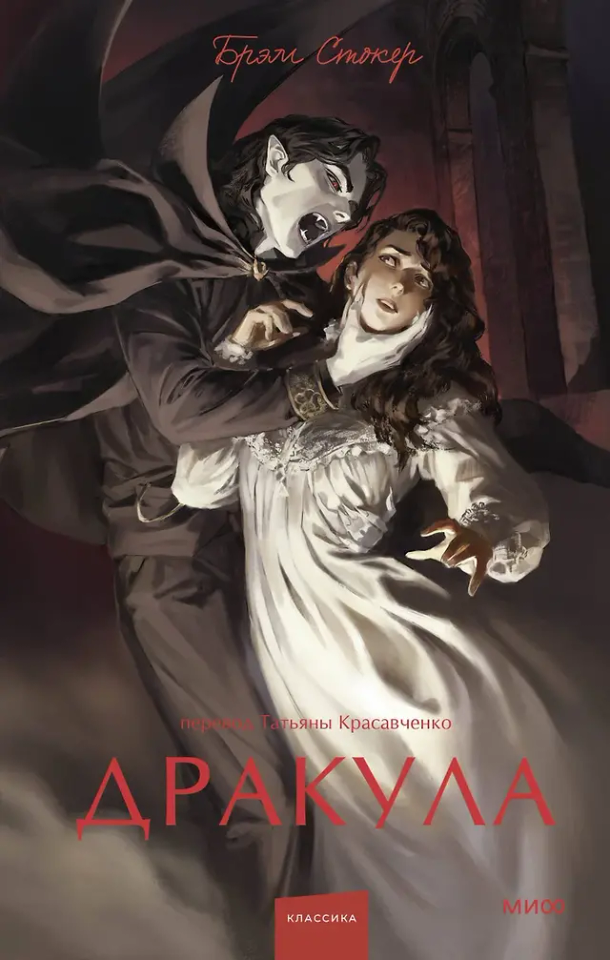
Dracula (art by Renibet)
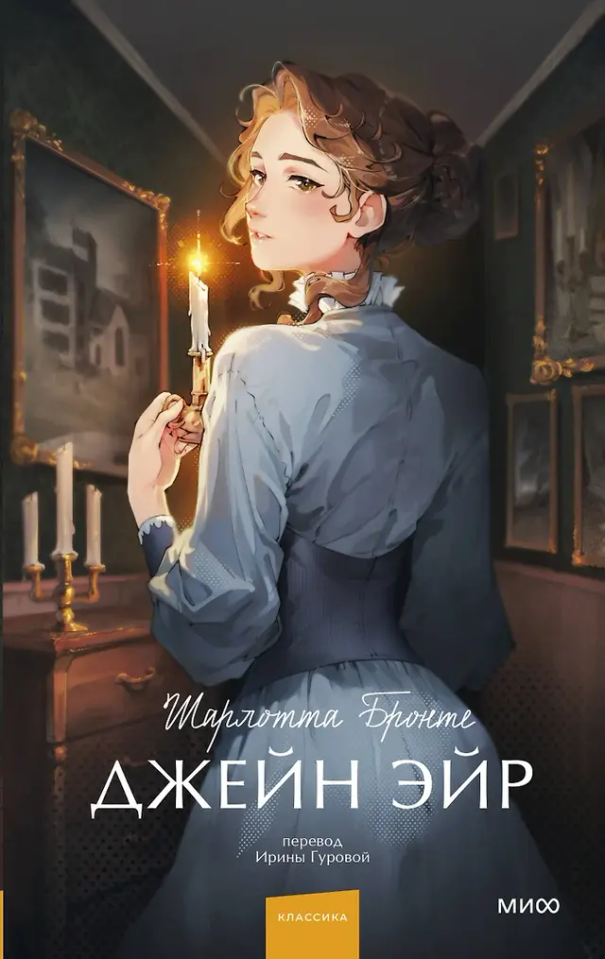
2.Jane Eyre (art by Ulunii)
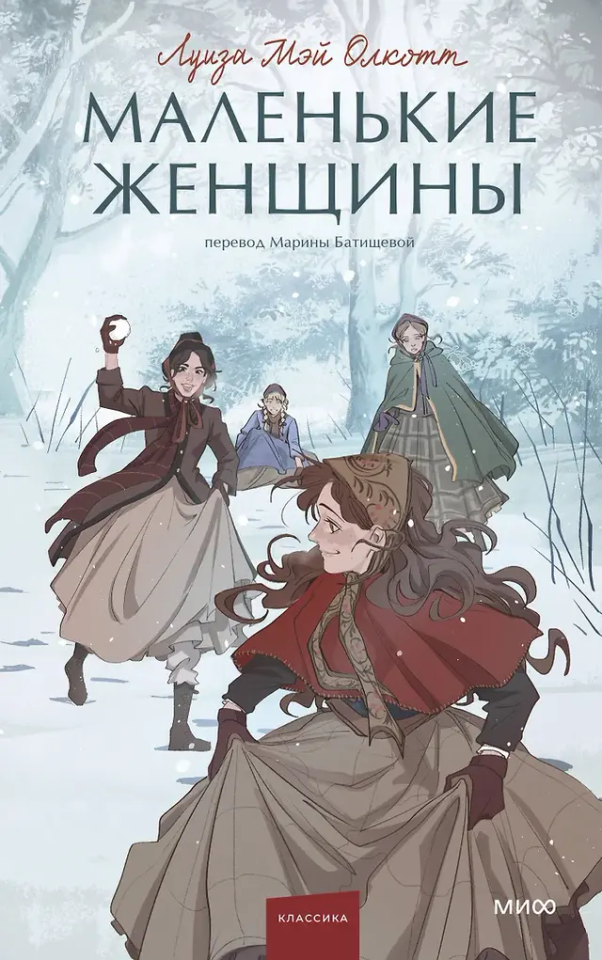
3. Little women (art by чаки чаки)
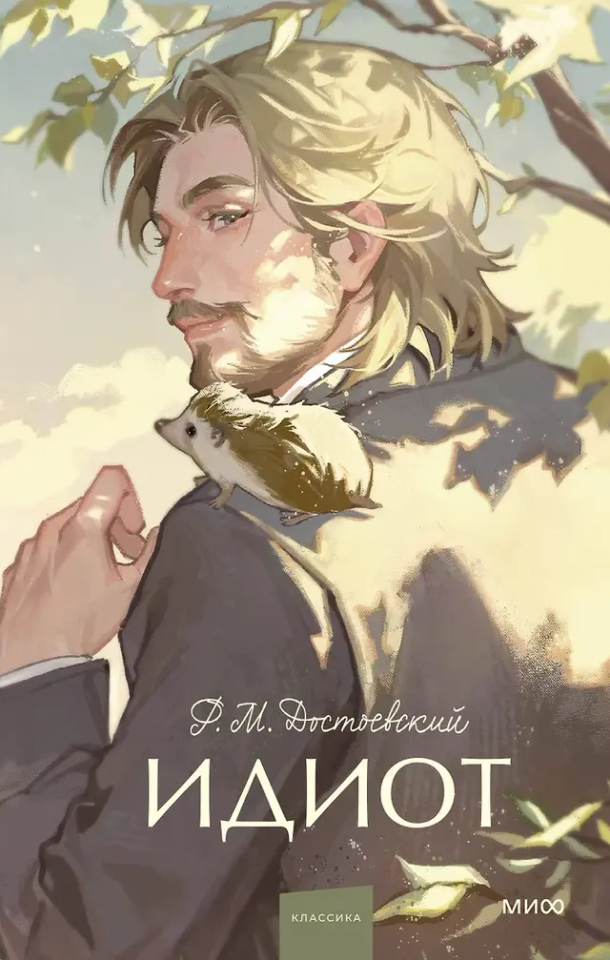
4. The Idiot (the hedgehog-omg-) (art by Xinshi)
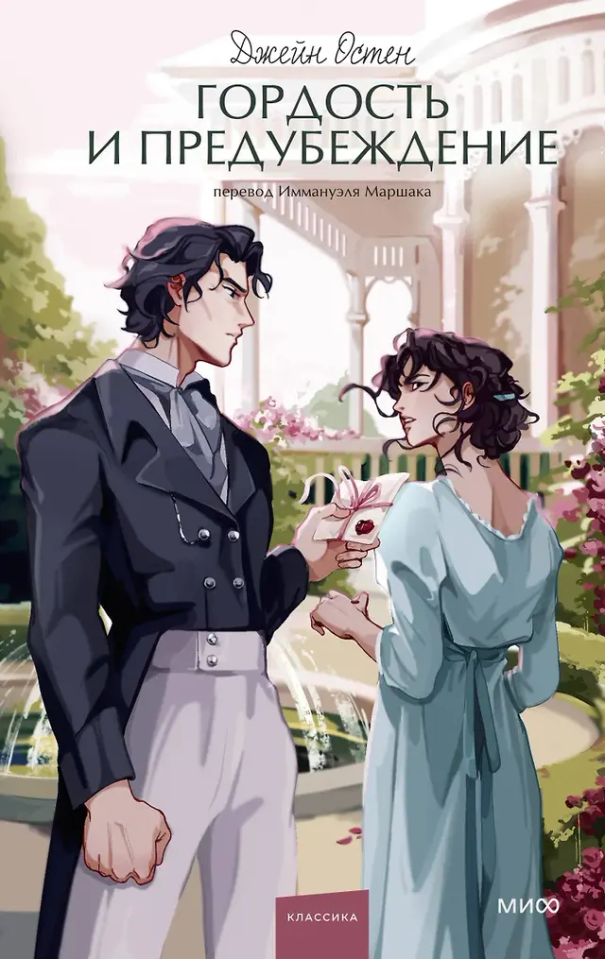
5. Pride and Prejudice (art by Cactusute)
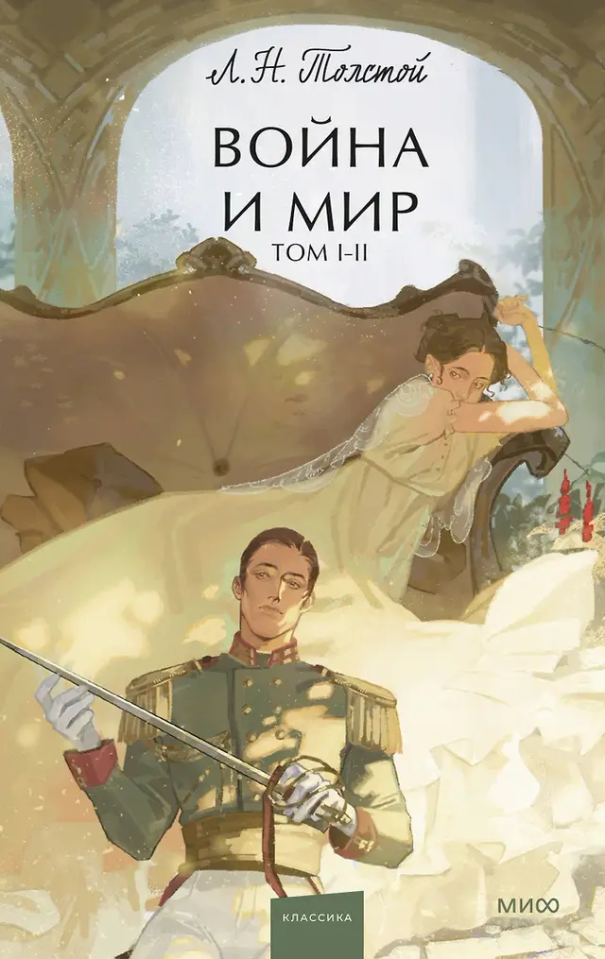
6. War and Peace (art by Xinshi)
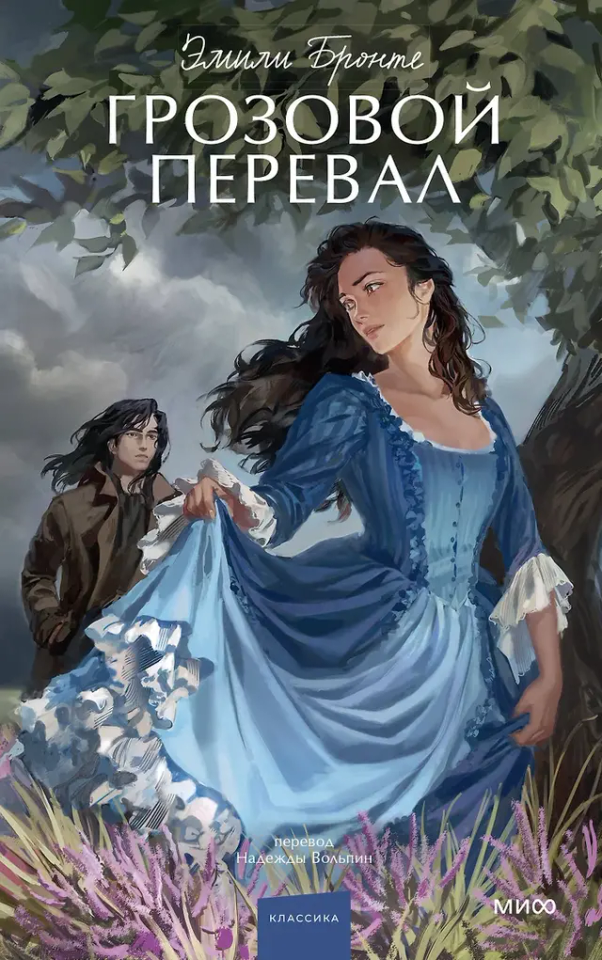
7. Wuthering Heights (art by Renibet)
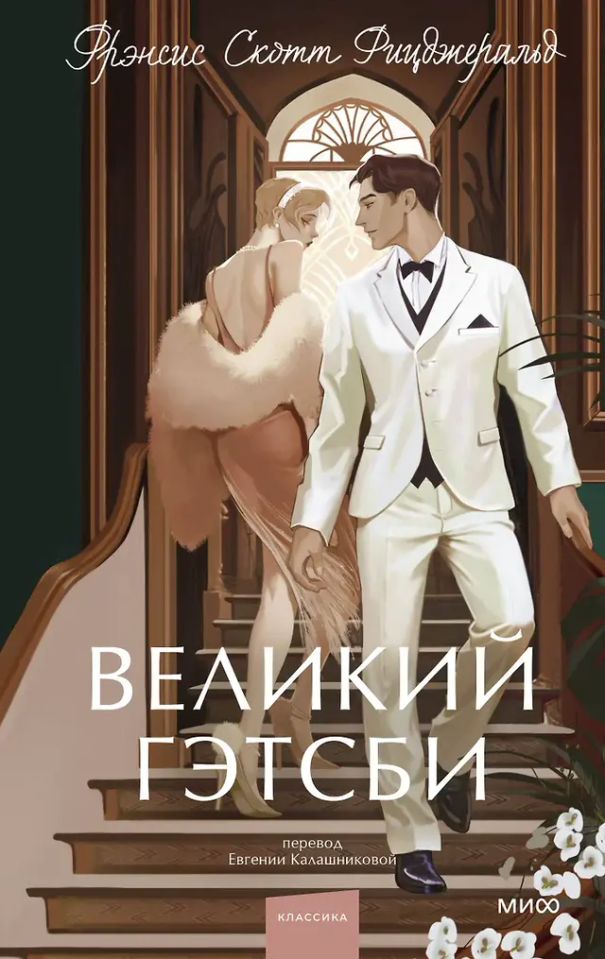
8. The Great Gatsby (art by NIKEL)
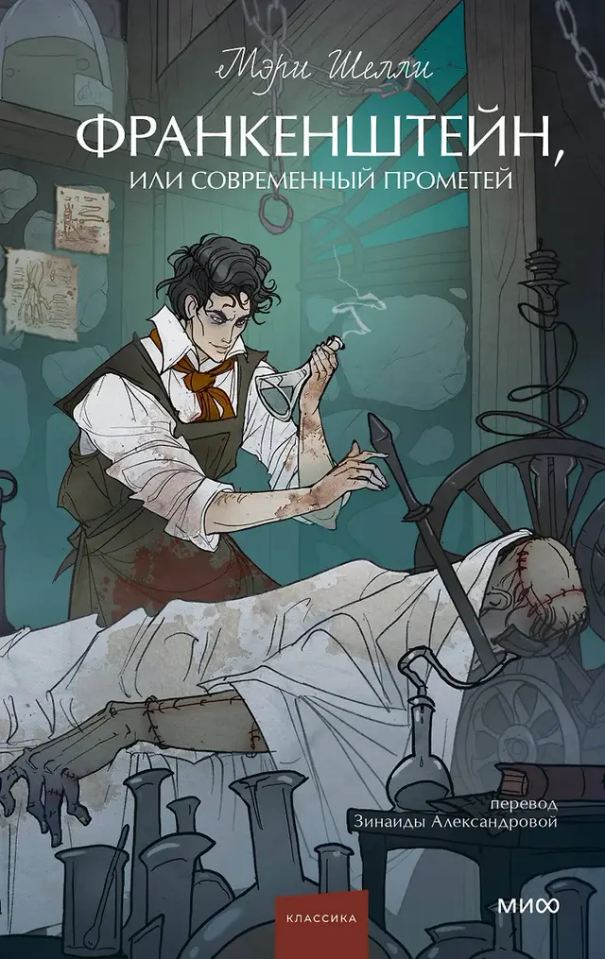
9. Frankenstein (art by Iren Horrors)
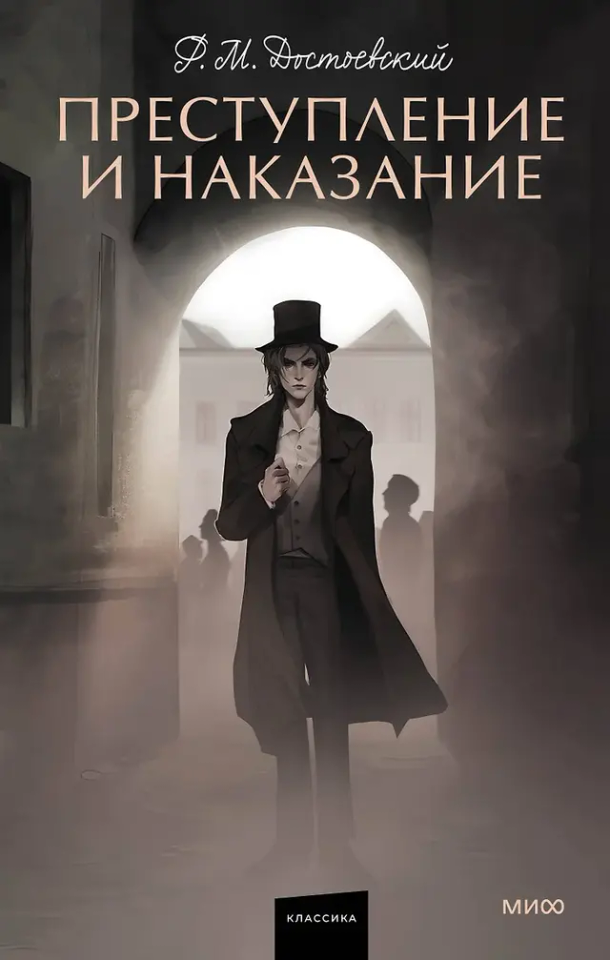
10. Crime and Punishment (art by REDwood)

11. Anna Karenina (art by Ulunii)
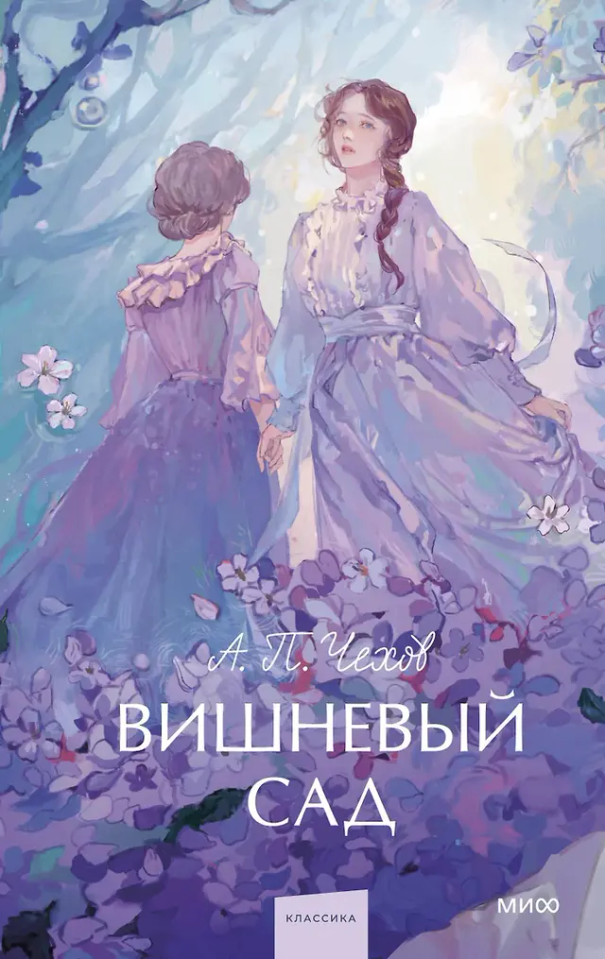
12. The Cherry Orchard (art by lewisite)
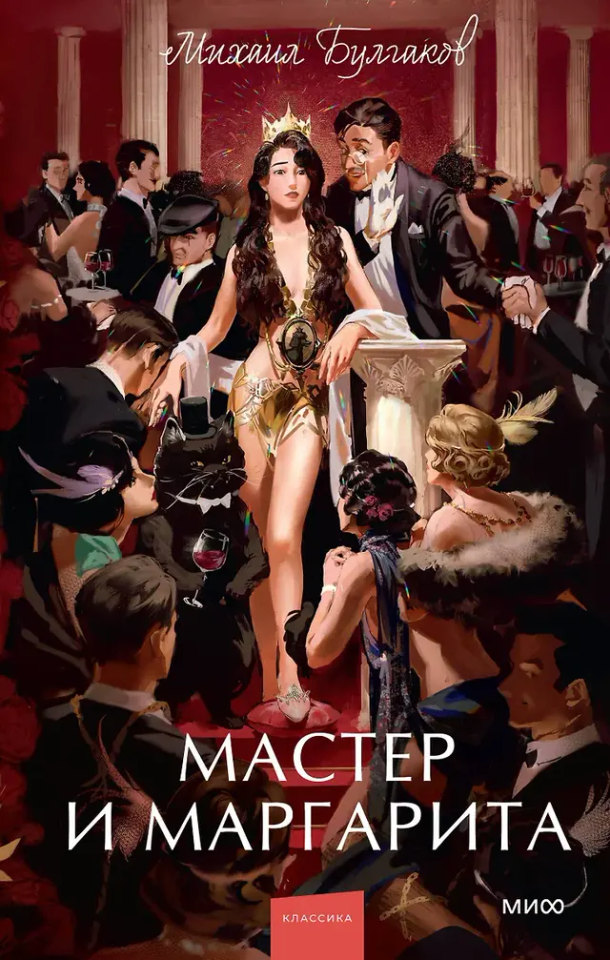
13. The Master and Margarita (art by Renibet)
#they also have an art on the back and inside#and they list the translator on the cover#which is also important#classical literature#classic literature#booklr#mikhail bulgakov#the master and margarita#anton chekhov#the cherry orchard#anna karenina#leo tolstoy#war and peace#fyodor dostoevsky#crime and punishment#mary shelley#mary shelly's frankenstein#frankenstein#francis scott fitzgerald#the great gatsby#wuthering heights#emily bronte#charlotte bronte#jane eyre#jane austen#pride and prejudice#the idiot#dracula#bram stoker#little women
13K notes
·
View notes
Text

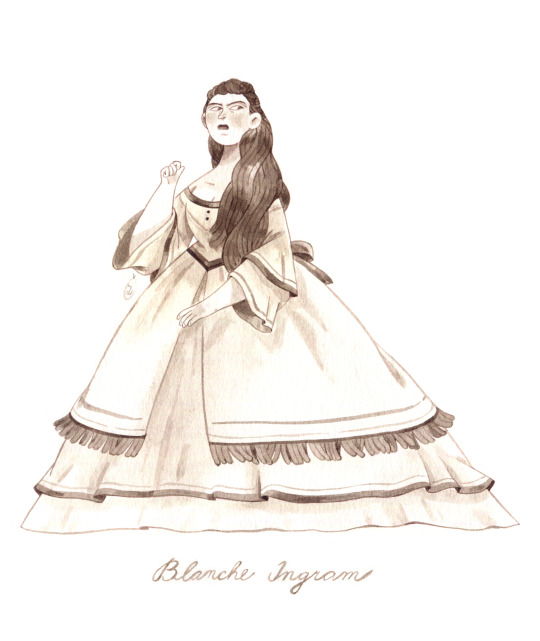
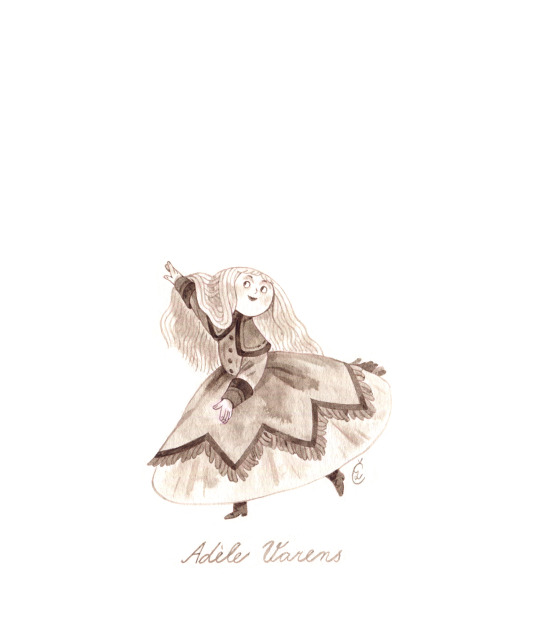

Few more Jane Eyre characters, these huge skirts are real fun to draw 🌻
#my art#illustration#ink#traditional art#character design#english literature#charlotte bronte#jane eyre#mr rochester
2K notes
·
View notes
Text
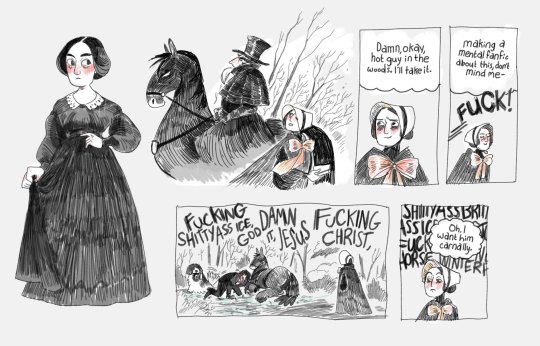
"‘Are you injured, sir?’ I think he was swearing, but am not certain; however, he was pronouncing some formula which prevented him from replying to me directly."
— "Jane Eyre"; Chapter XII
Art: https://www.twitter.com/Paigumondus
#jane eyre#charlotte bronte#classic literature#fan art#comic#oh jane you're weird no wonder mr rochester fell in love with you#jane eyre fan art
5K notes
·
View notes
Text
Blurred Lines: Agency and Victimhood in Gothic Horror
Seeing as Robert Eggers' Nosferatu has just breached a cool $135M at the worldwide box office, it might be as good a time to talk about this as any. I believe I echo the sentiments of most diehard fans of gothic horror when I say this: while we are glad to see this masterpiece meet with well-deserved success, these numbers also mean that a significant proportion of its audience has been previously unfamiliar with the hallmarks of our beloved genre; and the resulting disconnect between the viewers and the source material has been the driving force behind the great majority of the online discourse that surrounds it.
The tools and conventions of the gothic, as a genre, are essential to Nosferatu's primary narrative arc. Its central character, Ellen Hutter, cannot be discussed outside of her literary context. Textually, she balances between heroine and damsel in distress - blurred, in many ways, from mainstream understanding.
That is done entirely on purpose. There are numerous reasons for it; I could go into heavy detail about it; and I will - under the cut, of course.
The main thing I must make absolutely clear (before delving any deeper) is that the gothic genre is fundamentally non-literal. It deals heavily in metaphor, allegory, allusion, obfuscation - and, indeed, the blurred lines that have recently caused so much controversy online. This is by design. It is not a flaw of storytelling or interpretation. The gothic affronts the rigid, black-and-white, mainstream forms of morality because that is what it has always been designed to do; and the newer installments like Nosferatu do the same, being built upon those traditional foundations.
The historical background is therefore essential to the understanding of a gothic narrative. In this, the film does provide the viewer with a relatively easy starting point; its period setting amplifies its connection to its predecessors, as well as the societal pressures and systemic violence that it aims to challenge. It allows the audience to perceive the story through a historical lens that comes pre-installed, as a sort of short-cut to the genre's original social context.

The context, in this case, consists of misogyny, queerphobia, xenophobia, and ableism - which, while rampant even in the modern day, were that much more blatant in 1830s German Confederation, where/when the story largely takes place. Every human character, regardless of who they are, is influenced by these oppressive aspects of their society; and Ellen Hutter is hopelessly entrapped within all four.
Her social situation, as we are given to understand, is precarious. Though she was originally born into wealth, she married down to escape her abusive father. She is an eccentric - her "wild" inclinations (such as having a sense of dignity or loving the outdoors as a child) are enough to cause almost vitriolic disapproval; but on top of that, she was born with a psychic gift, which manifests in a way that is not dissimilar from a mental (and sometimes physical) disability. She and her husband are also English immigrants, and thus perpetual outsiders in Wisborg (this is also one of the reasons Thomas is so anxious to prove himself at Knock's firm, and so keen to emulate Harding in all things); and, finally, she implied to experience queer attraction - which, though non-explicit, repressed, and never truly indulged, still affects her and the way she is continuously treated throughout the film.
Overall, Ellen's existence is perceived, at best, as an inconvenience - and at worst, a scandal. With that, she fits seamlessly into her story's genre.
The "immoral," the forbidden, the taboo is a cornerstone of all gothic fiction. It exists in the doubt between light and dark, harm and desire, love and abuse. It is the domain of sympathetic villains (e.g. Heathcliff, Wuthering Heights), of imperfect victims (Bertha Mason, Jane Eyre), of heroes who are deeply flawed, who cause their own tragedies, and often fail to save anyone at all (Victor Frankenstein, Frankenstein). Within the gothic genre, there are no absolutes; and its contradicting balance of dichotomies provides a reference point - or, more accurately, a cultural triangulation - for exploring the same complexities that a binary puritanical mindset strives to eradicate. These include sexual desire, female autonomy, physical and mental disabilities, classism; in short, anything that gets people wincing.
The popular discussion of these topics is frequently cruel, often avoidant, and rarely straightforward or productive. As stated above, it makes people uncomfortable. It's not pleasant. However, for Ellen (and many people in the real world), it is, quite literally, impossible to avoid. It defines every aspect of her daily life.
What this means for her and for the story is that within a narrative that refuses to gloss over the imperfections of her surrounding society, her victimhood is not thrust upon her by a shadowy figure, emerging from the night. Instead, she is a victim - of an ongoing and systemic, rather than individual, abuse.
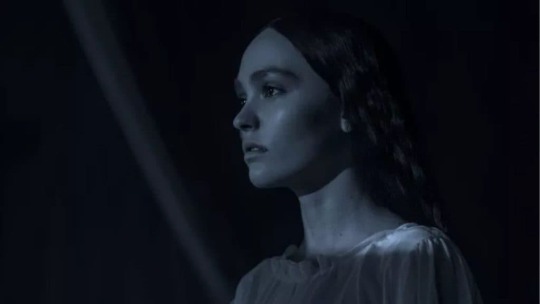
This aspect of Ellen's characterization lies at the core of her behaviour throughout the film. She is an unstable chimera of Brontë's Jane Eyre and Bertha Mason - in the sense that her actions are informed, in great part, by her acute awareness of her own disenfranchisement. She alternates between anguished raving and phlegmatic practicality, used to her pain but unable to entirely ignore it; and, the same way that Jane sees all the rage she feels (but cannot afford to express) manifested in Bertha, Ellen finds her counterpart in Orlok.
This is where the ambiguity begins.
Even though Orlok is most certainly a gothic villain, his relationship with Ellen cannot be interpreted as strictly adversarial. Naturally, it would be easy to ascribe their dynamic to grooming and PTSD; however, as previously mentioned, a gothic narrative is never surface-level - and the film itself never furnishes any information that would definitively limit it to that.
Firstly, to get the primary discourse point out of the way - yes, when Ellen and Orlok first meet within the ether, she is indeed young; and later, she is said to have been a child. However, at the time, the term "teenager"did not yet exist; Ellen's younger self is not portrayed by a child actress; and later, in 1838, she is referred to as a child multiple times - despite being an adult, married woman. Overall, within the film, the term is more often used to describe innocence and inexperience, rather than age; and her initial age is never specified. Granted, a multi-century age gap is not exactly "healthy" anyway - but this is a vampire story. It is per the course; and it complicates their relationship beyond a simple victim vs abuser narrative.
Secondly - and perhaps, most importantly - the overall impact of Orlok's coercion tactics falls flat in comparison to Ellen's human-world alternatives. Yes, he argues and threatens; but her social circumstances have never allowed her agency in the first place. Her father abuses, isolates, and threatens to institutionalize her; Thomas dismisses her concerns as "childish fantasies"; Harding and Sievers tie her down and drug her; Harding again kicks her out of the house. Her marriage, her friendships, are therefore all transactional; they grant her an escape from her father's house, relative financial stability, social support - on the condition that she represses her true self, pretends to be normal, doesn't threaten anyone's masculinity or heterosexuality, and acts like she's happy to be a deferring, obedient, settled wife. Being a daughter of a landed gentleman, she would never have been given a working woman's education, and evidently has no income of her own; and so, she has no options except to upkeep her end of the bargain - which means that her continued survival within mainstream society relies on constant background coercion.
Compared to this mundane, socially acceptable horror of her existence, the vampire actually offers her more autonomy than she is ever otherwise accorded. The terms of his covenant never threaten Ellen's own well-being; so on one hand, she has benevolence - and on the other, the dignity of choice.

This contrast lies at the heart of her dilemma. Ellen is torn between what she believes she should be and what she knows - and Orlok knows - she is.
One is "correct," moral, Good; the other is "wrong," sinful, Evil. However, at the same time, the first is manufactured; it is artificially designed, and must be continuously enforced. The second is primal. Natural. In accordance with gothic tradition, the appeal of Orlok is that he is forbidden, yet instinctive. By design, he is a reflection of everything that Ellen is forced to repress on a daily basis. That includes her rage, her ostracism, her abnormalities; but also, her desperate need to be respected, understood, and desired. He is both grotesque and alluring, both a lord and a beast, both cruel and reverent.
"He is my melancholy!.." cries Ellen.
"I am Heathcliff!" whispers Cathy.
Still, while Cathy and Heathcliff are primarily divided by class and racism, Orlok and Ellen are separated by moral considerations. In the explicit sense, Ellen cannot choose the Evil that Orlok represents. Within the surface narrative, she is obligated by her society, her morals, and the story to choose Good - in this case, by nobly sacrificing her individual expendable life to save her husband and a city full of people. Her primary storyline, like everything else, has already been decided for her.
For the Trekkies among us, this is Ellen's own Kobayashi Maru. A no-win scenario. As such, within the context of character analysis, her destination does not matter as much as the little things she does along the way; and it is no accident that, as the film progresses, the subtler, seemingly insignificant choices she makes within that framework just happen to bring her closer - and closer - to Orlok.

All of them are just innocuous enough to almost pass. She places a lock of perfumed hair in a locket that she gives to Thomas - and upon his arrival to the Carpathians, the same locket is immediately claimed by Orlok, who recognizes the scent of lilacs. Before making her sacrifice, she puts on her wedding dress and finds a bouquet of the same flowers - which is the sort of effort she didn't have to perform, especially given that he cannot resist her blood regardless. When Orlok arrives, she chooses to undress them both, and leads him to the bed, even though her previous sex scene with Thomas was entirely clothed; and in the morning, she pulls him close and holds him through the sunrise - even though he was already dying, and would not be able to escape. There was no need for her to touch his rotting flesh at that point, much less caress it.
There can be a "moral" explanation for all these actions; but the lack of direct obligation involved in them becomes increasingly blatant over the course of the story, and the doubt festers.
This sort of lingering ambiguity is precisely where gothic horror thrives - and intersects, scandalously, with romance. Gothic horror, much like bodice-ripper novels, noir thrillers, or "dark romance," builds much of its romantic intensity on the dichotomy of shame and desire. Imagine it, if you will, as a loom; warp and weft. It may even be described as literary BDSM - a continuous, mutually-agreed-upon act of roleplay between the author and their audience, and sometimes the characters themselves (though that depends). The point is to create an outlet for female, queer, or disabled sexualities, all of which are still heavily medicalized and restricted, derided, or denied entirely; and within these often intersecting genres, the violent or coercive intensity of the dominant lead (be it a vampire, a mafia don, or simply a more experienced lesbian) provides their repressed, seemingly passive counterpart an excuse to act upon their demonized erotic urges.
Between the page and the mind, everything that normally complicates a romantic or sexual encounter in the real world (subliminal hints, aggression, repressed and involuntary responses) becomes set dressing - serving to place a particular scene or dynamic within its fictional universe. The resulting Watsonian uncertainty is, naturally, part of the appeal. It is what allows the viewer/reader/listener a sincere emotional and sensual immersion; and for Ellen and Orlok, it provides an appropriately dramatic pretext for a night of tender vampire sex.
The discourse around their joining is painfully similar to the same that drifts around online every winter - in regards to the classic holiday hit, Baby it's Cold Outside. The song, written during an era in which extramarital sexuality was heavily restricted, follows a couple brainstorming excuses for the lady to stay the night; this intention was explicitly stated by both members of the original duet; but that hasn't stopped thousands of people from interpreting it as a "rape anthem." It is unsurprising, then, that an element of horror (guilt, shame, repression, coercion) muddles the water even further.
It's oddly apt, considering that the film premiered on Christmas Day.
Granted, I am not denying that there is an abusive aspect to Ellen and Orlok's connection, romantic or otherwise. However, to reduce Ellen to merely his "victim" is extremely inaccurate to her actual portrayal - because, within the framework of the film, her interactions with Orlok are the few in which she is actually able to exercise some form of agency. She never defers to him, their wedding-death hinges on her free will, as coerced as it may appear; and, in a fascinating subversion of a popular vampire trope, she is the one who summons him.
In gothic media, "Come to me!.." is invariably spoken by a vampire (or a vampire derivative like Erik, Leroux's titular Phantom of the Opera); their counterpart follows helplessly, without question; and giving these lines to Ellen is a dramatic deviation from tradition that fundamentally alters the underlying context of their power balance. By maintaining this call-and-response dynamic throughout the story, Eggers asserts that Ellen isn't helpless; and neither is she "in over her head." She is intelligent, powerful, and she has a tangible influence over Orlok, who is her only equal - which is why, ultimately, she is the one deciding where that relationship is headed.

That is not to say that any alternative readings of the film are entirely incorrect. As I have stated above, the abusive/toxic narrative is definitely present, and even essential, in gothic media. On the Doylist level, it is the equivalent of a whip, or a solid pair of cuffs - essentially, a divestment of responsibility; though, to continue the metaphor, not everyone shares the same kink - and those who do might not all enjoy it the same way, so there's definitely significant variation. What I am trying to say, however, is that each story does come with a central conflict; and Ellen Hutter's victimization - much like Jane Eyre's, like Thomasin's (The Witch, 2015) - is systemic.
She is ostracized, disrespected - infantilized if her oppressors are feeling benevolent, demonized when they are inconvenienced - and still expected to always prioritize her husband/friends/community by default, regardless of how she is treated by them. Her surrounding society, morality, religion, culture all insist upon the same; and this is why, despite knowing that she has done nothing wrong by following her nature, she carries an enormous amount of guilt in regards to those "unacceptable" aspects of herself. It is also the same reason why Orlok - the sensual, cruel, utterly devoted monster - is the answer to her lonely call; and the reason why everyone around her is so eager to see her as his victim, rather than a victim of anything they may have perpetrated themselves. Ellen's is a rich complexity, fed upon centuries' worth of gothic tradition, and she cannot be forced into a flat, genre-inappropriate simplification.
Like The Witch, like NBC Hannibal, like Interview With the Vampire before it - Nosferatu (2024) is a story of self-indulgence being so unfamiliar that it feels like a sin; or, like dying.

I, for one, would not deny her that.
#nosferatu#nosferatu 2024#nosferatu (2024)#ellen hutter#count orlok#lily rose depp#bill skarsgård#robert eggers#nosferatu movie#robert eggers nosferatu#nosferatu meta#ellenorlok#ellen x orlok#gothic fiction#gothic horror#gothic romance#horror film#horror film analysis#gothic art#wuthering heights#jane eyre#frankenstein#gothic film#vampire#vampires#vampire fiction#vampire movies
214 notes
·
View notes
Text
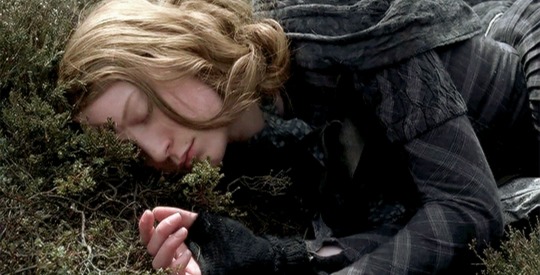
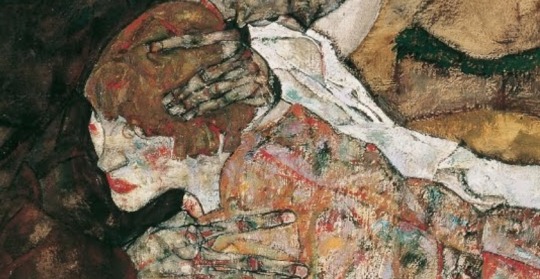
jane eyre (2011) // tod und mädchen (1915) egon schiele
509 notes
·
View notes
Photo
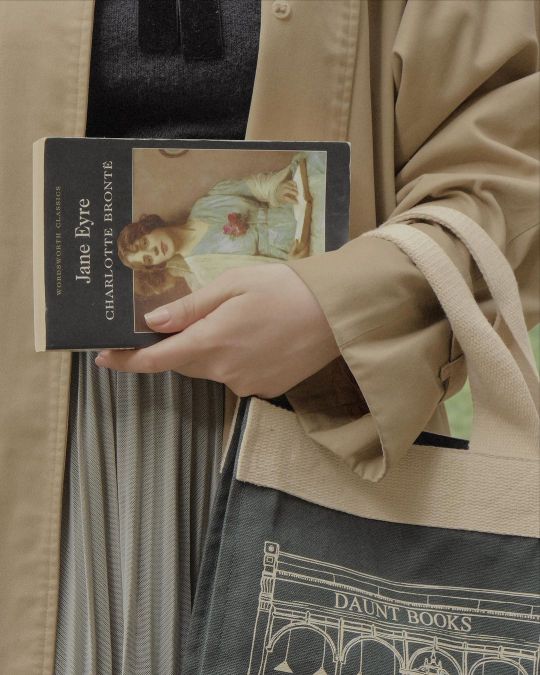
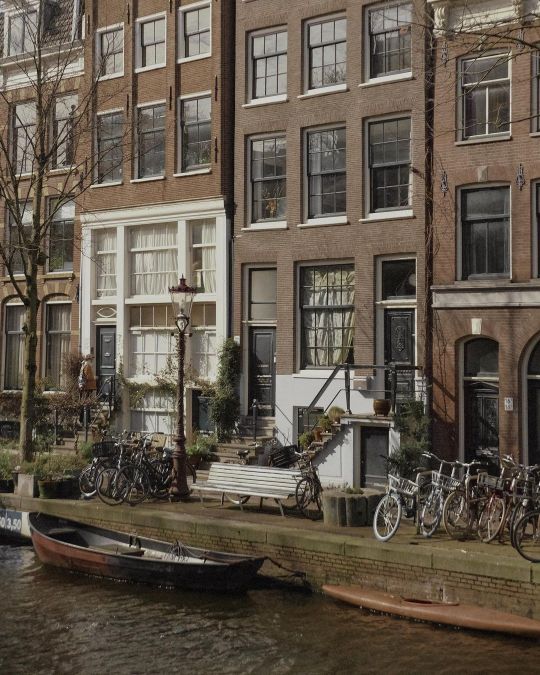
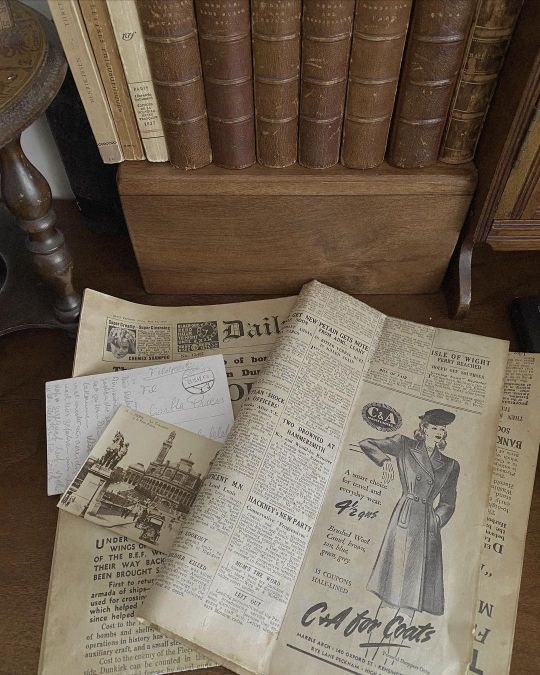
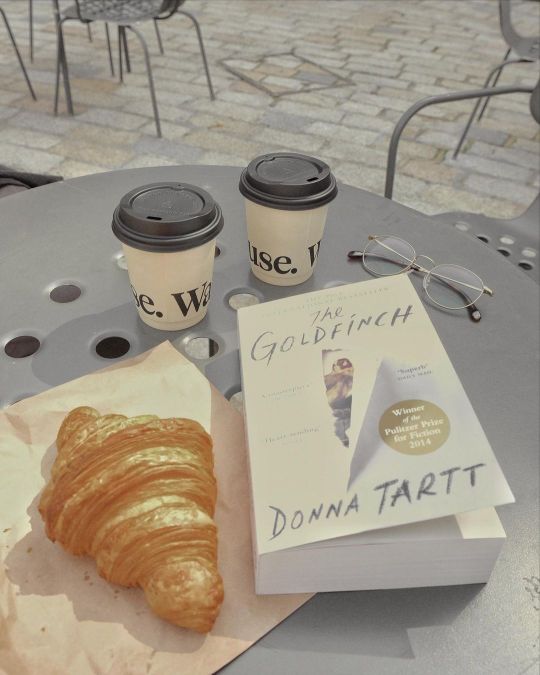
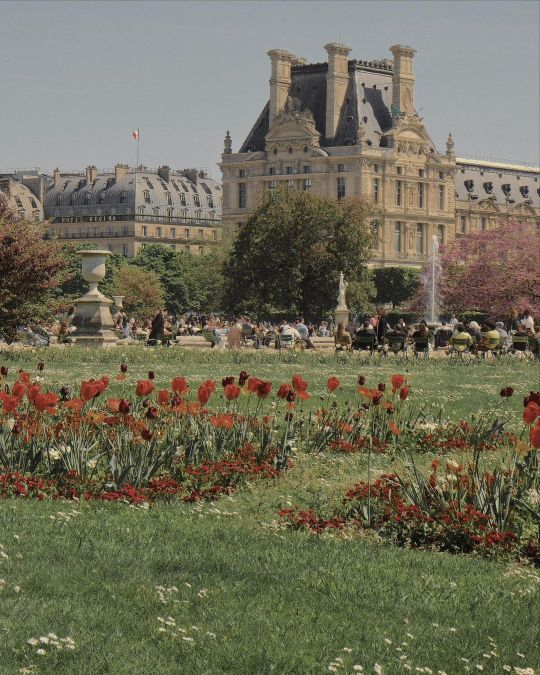
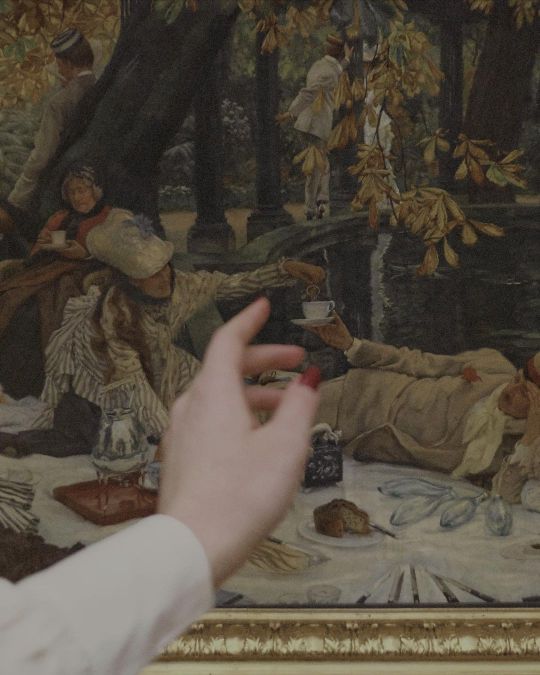
Instagram credit: danielapardor
#france#paris#amsterdam#netherlands#london#england#books#bookworm#bookaholic#bookblr#classic literature#literature#art#art aesthetic#charlotte bronte#jane eyre#donna tartt#the goldfinch#cozy#comfy aesthetic
4K notes
·
View notes
Text

A sketch of my Tav making out with Gale to relieve some of my stress.
#gale dekarios#bg3#tav x gale#gale of waterdeep#baldur's gate 3#this week has been...alot#I needed to just draw so I drew my girl Layla living her best life#the moment Elminster stabilizes the orb the sloppy make outs increases exponentially#I was watching Jane Eyre (2011) and that's where the pose comes from :)#my art#my fanart#digital art
314 notes
·
View notes
Text
How every Gothic Heroine is a little neurodivergent in some way

This is how I imagine Byronic heroes have to take care of their girls
#edward rochester#mr rochester#classic litterature#jane eyre#gothic romance#goth aesthetic#gothic romanticism#phantom of the opera musical#jane eyre fanart#jane eyre art#crimson peak#wuthering heights#charlotte bronte#byronic hero#gothic heroine#adhd#adhd problems#neurodivergent#Rebecca#maxim de winter#gothic literature#gothic horror#gothic fiction
403 notes
·
View notes
Text

"even for me life had its gleams of sunshine"
#janeeyreedit#jane eyre#mia wasikowska#miawasikowskaedit#perioddramaedit#weloveperioddrama#filmedit#still thinking about jane eyre#how am i supposed to enjoy other books now that I've read the TOP#my art#fanart#nicole clowes
267 notes
·
View notes
Text
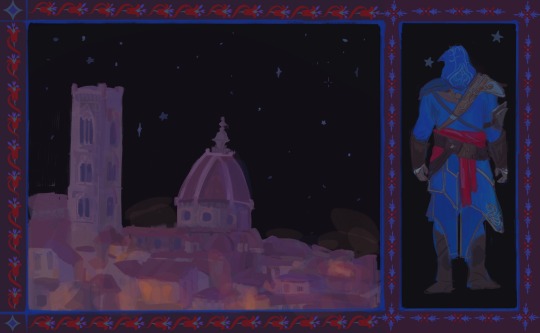
«…and I had yet an aching heart. I still felt as a wanderer on the face of earth.»
#quote from Jane Eyre#out of pocket but I passed all my exams yeah!!#art#artists on tumblr#assassin's creed fanart#assasins creed#ezio auditore#ac ezio#assassins creed revelations#ac fanart#ac#digital art
291 notes
·
View notes
Text
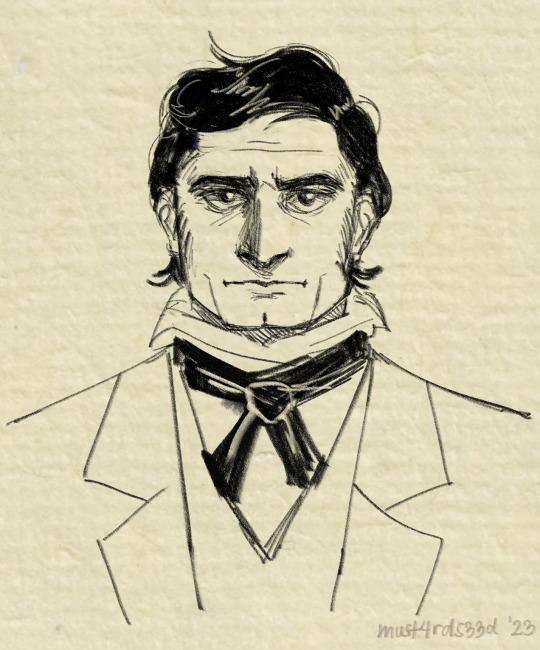
[enters the room timidly] hello… jane eyre nation…
mr. edward fairfax rochester quick study! tried my best to make it fit according to jane’s description as much as i could
(thank u @clair-blake for that lil nudge!! otherwise i actually wouldn’t have the gut to post here lmao >__>)
#jane eyre#mr rochester#aka failwife of gigachad jane#my art#i keep going back to my je copy to look at the marked pages where she described rochester LIKEE#massive and prominent square forehead#thick jetty eyebrows#horizontally-swept black hair#deep and /large/ dark eyes#decisive straight nose with full nostrils#grim flexible-looking mouth#firm chin with a decided cleft + square jaw#??? u get it#i havent drawn digitally in a hot second…#jane eyre art#edward fairfax rochester#brontë#charlotte brontë#and when i wake up the next day and hate this? what now#i have more art of jane and edward but theyre HELLA messy#mr rochester art#plz someone commission me to draw them... anyone#reposted LOL
145 notes
·
View notes
Text

i rewatched jane eyre recently so i drew this bro (i loved him so much when i was twelve)
#jane eyre#edward rochester#mr rochester#jane eyre 1983#timothy dalton#art#fanart#art on tumblr#my art#digital art#portrait
202 notes
·
View notes
Text

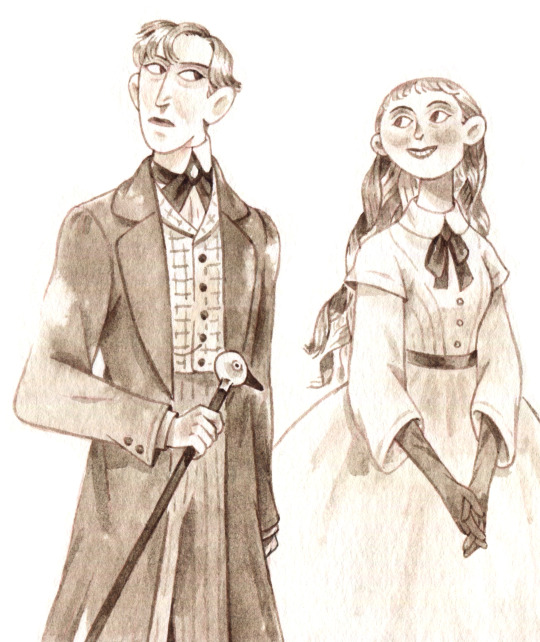
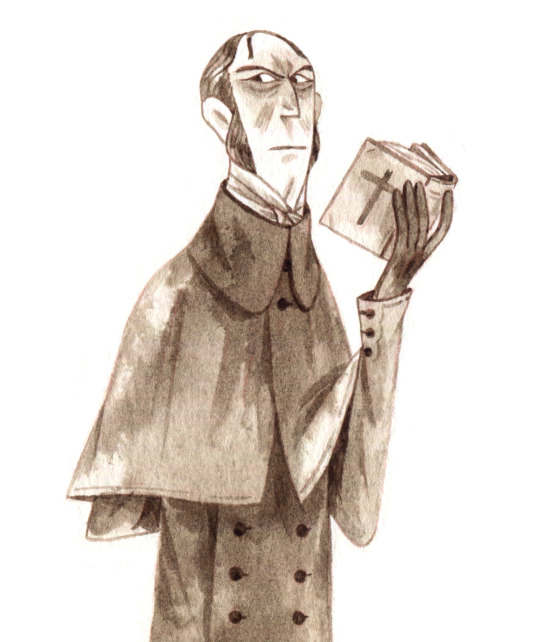


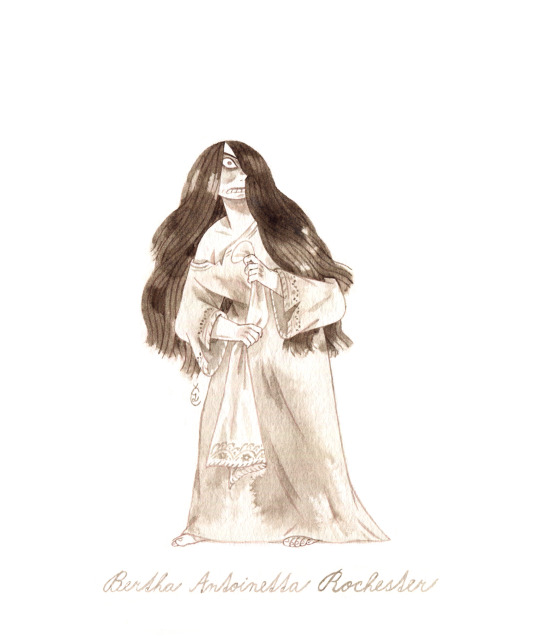

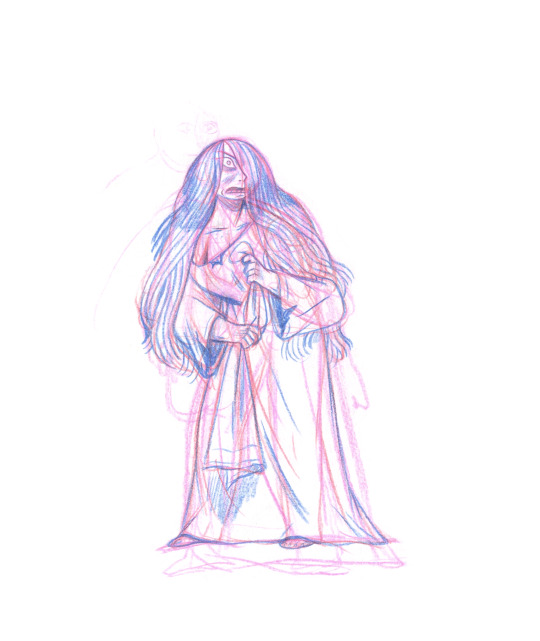
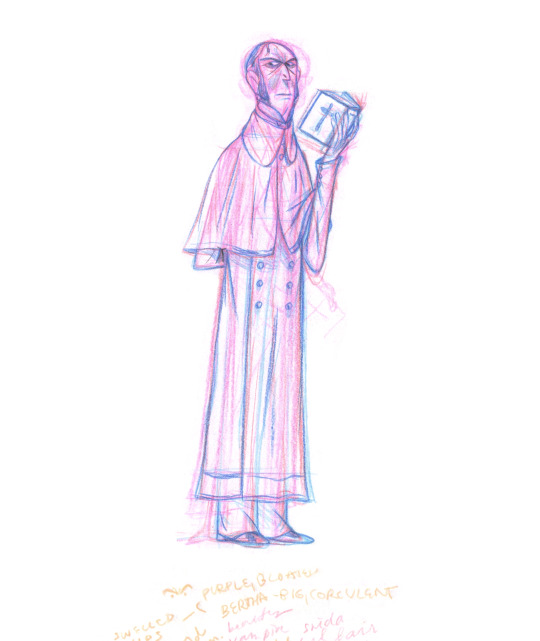
Relistening Jane Eyre once again. I love all the character descriptions, very precise 🍂
1K notes
·
View notes